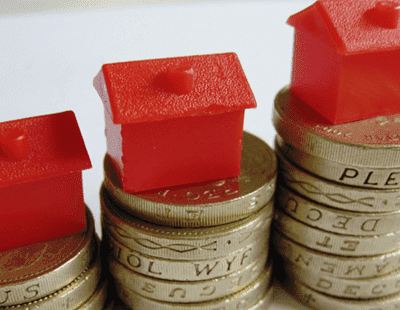
The UK’s prime residential market has entered a decisive correction for the first time in almost three decades, research suggests.
Analysis by Jackson-Stops found that since 1995 the threshold price above which the top 1% of all residential transactions sit has risen at a significantly faster rate than the wider market in England & Wales, reaching its peak in 2022.
However today, to buy one of the top 1% of homes outside London, you need 25% less than three years ago, moving from a threshold of £1.67m in 2022, to £1.25m in 2025.
This shift reflects reduced transaction volumes at the highest price levels alongside a softening of prices, the estate agency brand said, marking the first sustained period where the prime market segment has underperformed.
With the Autumn Budget edging closer, there are warnings that further taxation at the upper end, including a Mansion Tax, may deepen a price correction already underway.
Reports emerged last night that a mansion tax could be charged on homes worth £2m that would be collected through council tax.
Jackson-Stops’ research, based on Land Registry data, looked at house prices at the 99th, 90th, 50th, and 10th percentile, from 1995 to 2025.
The price threshold outside London above which 1% of all sales took place rose from £245,000 in 1995 to a high of £1.67 million in 2022, with volumes and values driven by decades of accessible credit and expanding wealth among high-equity buyers. But since that peak, prices in the top 1% have fallen by 25%, dropping to £1.25 million in 2025.
Meanwhile, market activity and prices for lower-value homes has continued to edge upwards and mid-market prices have held steady, resulting in a rare compression of the spread between the median home and the top of the market for the first time in nearly 30 years.
Nick Leeming, chairman of Jackson-Stops, said: “For decades, the prime market has defied gravity, consistently outpacing every other segment.
“Our data shows that 2022 was likely the peak of that 30-year cycle, with realignment happening ever since. It is likely this is as much about subdued activity due to the high tax on moving at prime levels, as it is about individual house prices.
“This existing downward pressure at the top end needs to be considered against wider housing market stability. Many prospective sellers, particularly those with mortgages, will be asset-rich and cash-poor.
“Understanding the limits of raising revenue from perceived wealth rather than income, against decades of unprecedented house price inflation and vast regional disparities, is absolutely critical. Any cliff-edge reforms could put additional roadblocks in the way for movers and risk capital flight, consequently slowing down economic activity.”





